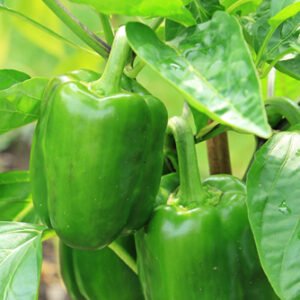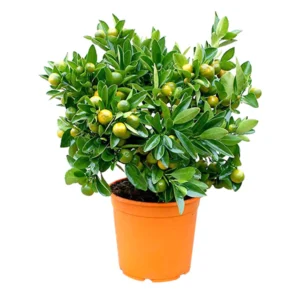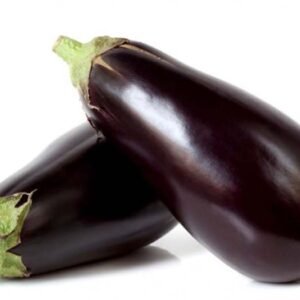| Scientific name | Brassica oleracea var. Capitata |
Common name |
Cabbage |
| Temperature requirement | 15-21 °C |
| Humidity | 40-50% |
| Light | Full sunlight |
| Watering | Water everyday &keep moist |
| Pests | Aphids,cabbage root maggots, white butterflies, whiteflies,cross-striped worms. |
| Pet friendliness | Not hazardous |
| Maximum plant height | 30-60 cm |
| Potting mix | Potting soil/red soil/manure/perlite |
| Pot requirement | Good drainage & report every 1-2 years |
| Nutrition | Apply manure for first 15 days and npk for next 15 days |
| Pruning & training | Remove dead & diseased leaves with sterile shears |
| Common color & season | |
| Description | Cabbage was originated from a wild non-heading type plant brassica oleracea var. Sylvestris syn. (Brassica sylvestris) commonly known as wild cliff cabbage or cole worst.These are eaten in the raw state as well as cooked. These are known for their rich source of vitamin a and c. Also, contains minerals including p, k, ca, na and fe.Cabbage leaves are low in calories (24 per cent), fat (0.2 Per cent) and carbohydrates (5.4Per cent). It is a good source of protein (1.3 Per cent).It is an excellent source of minerals such as calcium, iron, magnesium, sodium,potassium, and phosphorus.It contains good amount of ascorbic acid.It can be grown under a wide range of environmental conditions but cool moist climate is most suitable. The optimum soil temperature for seed germination is between 21.2 To 26.2°C the optimum temperature for growth and heading is between 15-20°C.Minimum temperature for growth of cabbage is just above 0°C. It can be grown in a wide range of sandy to heavy soils.Early cultivars grow well in light soils, whereas, late maturing ones perform better on heavy soils. The optimum ph of soil for It cultivation is between 6.0-6.5. Most of the its varieties are tolerant to salts. In saline soils, the plants are more prone to diseases.Manures and fertilizer requirements in it depend upon fertility of soil.Accordingly, add 200-250q/ha farmyard manure and it should be mixed thoroughly at the time of field preparation.Application of nitrogen, phosphorus and potash varies with soil type, varieties and place. The requirement of n: p: k is 120-180:75-80:60-75 kg /hectare.Half quantity of nitrogen and full quantity each of phosphorus and potash is applied at the time of transplanting. Remaining quantity of nitrogen is applied after 30-45 days of transplanting |
Additional information
| Pot size | V9, V15 |
|---|
























